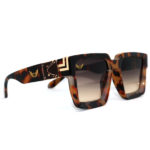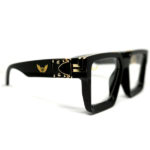The Science Behind Polarization
Light waves from the sun, or other artificial light such as a light bulb, vibrate and radiate outward in all directions. Polarized filters are most commonly made of a chemical film applied to a transparent plastic or glass surface. The chemical compound used will typically be composed of molecules that naturally align in parallel relation to one another. When applied uniformly to the lens, the molecules create a microscopic filter that absorbs any light matching their alignment.
When light strikes a surface, the reflected waves are polarized to match the angle of that surface. So, a highly reflective horizontal surface, such as a lake, will produce a lot of horizontally polarized light which causes a very intense and sometimes dangerous brightness that results in glare and reduces visibility. Therefore, the polarized lenses in sunglasses are fixed at an angle that only allows vertically polarized light to enter. The horizontal light that creates the effect of glare is absorbed and nullified by the chemical film on polarized lenses.
The first polarizing film was developed by Edward H. Land in 1929. The technology he used as explained above was simple, yet effective. Lenses are treated with chemicals that only allow in light that travels in a vertical motion. As glare travels horizontally, it can’t make it past the polarized lens.
How To Tell If Your Sunglasses Are Polarized
Polarized sunglasses do not look very different than regular non-polarized sunglasses. As a matter of fact, some companies that produce lower-quality sunglasses market them as polarized sunglasses when they are not. So you need to have a way to tell the difference between polarized vs non polarized sunglasses. Here are some ways to determine if your sunglasses are polarized or not:
Polarized Sunglasses Test
You can simply try this Polarized Sunglasses test on a computer screen. The image below displays how you can rotate your polarized shades at 90 degrees and you will notice your lens turn black and block the light. Or review all 5 tips below is you don’t have access to a computer monitor or LCD screen.
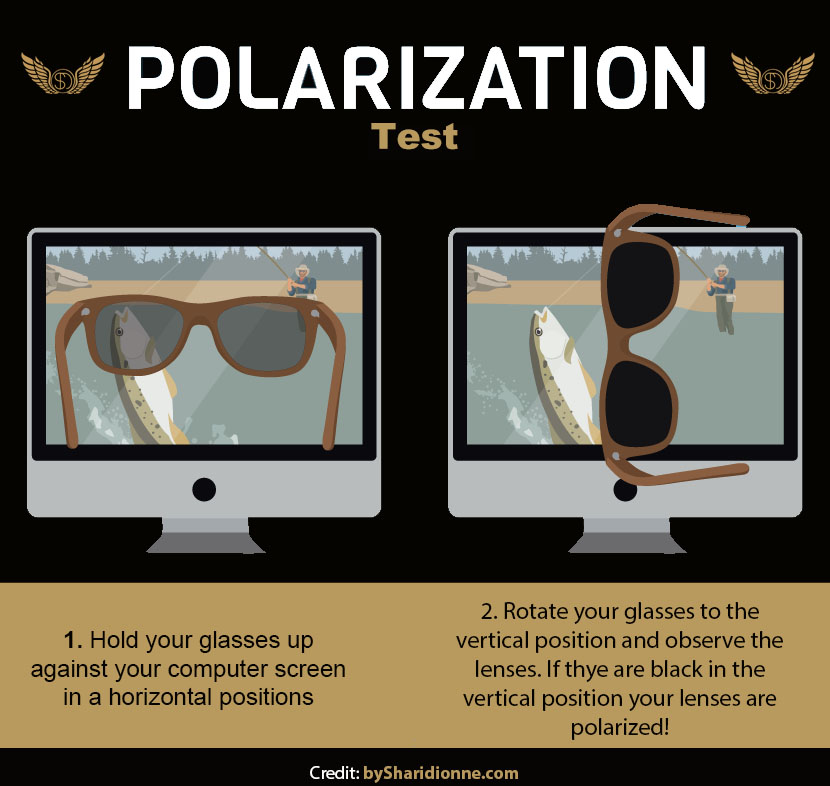
5 Ways to Tell If Your Sunglasses Are Polarized
- Checking the label or sticker: Checking the label or sticker attached to your sunglasses is a convenient and initial step in determining whether they are polarized. Manufacturers often include information about the polarized feature on product labels, boxes, or online listings to highlight the benefits of their sunglasses. When a product is labeled as polarized, it indicates that the lenses have been specially designed to reduce glare and provide enhanced visual clarity. Therefore, if the label clearly states that the sunglasses are polarized, you can be reasonably confident about their polarization.
However, it’s important to exercise caution as not all companies may provide accurate information on their labels or stickers. Some brands may falsely claim that their sunglasses are polarized to attract customers. To ensure the authenticity of the polarization feature, it’s advisable to choose sunglasses from reputable manufacturers or trusted retailers. Established brands with a track record of producing high-quality eyewear are more likely to accurately label their products. Researching customer reviews and feedback can also give you insights into the reliability and authenticity of the brand’s claims.
While checking the label or sticker is a convenient initial step, it should be complemented with additional testing methods to verify the polarization of your sunglasses. Utilizing multiple techniques will provide a more comprehensive assessment and enhance your confidence in the authenticity of the polarized feature. - Looking at a computer or LCD screen: Another effective way to determine if your sunglasses are polarized is by examining their interaction with computer screens or LCD displays. This method allows you to leverage the anti-glare properties of polarized sunglasses and the characteristics of these screens to reveal their polarization.
To conduct this test, ensure that the screen you’re using is displaying a predominantly white background. For example, you can open a blank Microsoft Word document on your computer or visit Google’s homepage on your mobile device. The goal is to have a bright, uniform background for the test.
Once you have the screen set up, put on your sunglasses or hold them up in front of the screen. Tilt your head or the sunglasses at approximately a 60-degree angle, maintaining a consistent angle of inclination. Observe the screen while maintaining this position.
If your sunglasses are polarized, you should notice a visible change in the screen’s appearance. The screen may appear to darken or even become completely blacked out when viewed through the polarized lenses at the specific angle. This occurs because most computer screens incorporate anti-glare technology that works similarly to polarized sunglasses. When the polarized lenses and the screen’s anti-glare coating interact, they counteract each other’s effects, resulting in a diminished or darkened image on the screen.
This phenomenon provides a practical indication that your sunglasses are polarized. However, it’s important to note that the effectiveness of this test may vary depending on the specific screen technology and the quality of the polarized lenses. In some cases, the darkening effect may be more subtle or not as pronounced, especially with certain types of LCD screens.
It’s worth mentioning that this method is not limited to computer screens but can be applied to other LCD displays as well, such as televisions, tablets, or smartphones. By leveraging the interaction between polarized sunglasses and LCD screens, you can gain further insights into the polarization properties of your sunglasses. - Comparing two pairs: Another effective method to determine the polarization of your sunglasses is by comparing them with a known polarized pair. By having a reference point, such as a borrowed pair from a friend, an old pair you own, or a polarized pair available in a store, you can easily assess the polarization of your sunglasses.
To perform the comparison test, hold both pairs of sunglasses in front of you, one in front of the other. Look through both pairs simultaneously. In general, when looking through two polarized lenses that are properly aligned, you should be able to see through them clearly. However, if you rotate or tilt one of the pairs to a 90-degree angle relative to the other pair, the lens should darken or black out if both pairs are polarized.
If the lens remains clear or you can see the polarized pair behind the pair in question, it indicates that the new pair is not polarized. The polarization of the lenses allows them to filter out specific light waves, reducing glare and improving visual clarity. Therefore, if there is no significant change in the lens when performing the comparison test, it suggests that your sunglasses lack the polarized feature.
Comparing two pairs of sunglasses is a practical and visual method to assess polarization. However, keep in mind that it requires having access to a known polarized pair for accurate comparison. If you don’t have a reference pair available, you can consider utilizing other testing techniques to verify the polarization of your sunglasses. - Looking at water or reflective surfaces: One practical way to determine the polarization of your sunglasses is by observing how they interact with water or reflective surfaces. By examining how your sunglasses handle glare in such environments, you can gain insights into their polarization properties.
To conduct this test, put on your sunglasses and find a surface that reflects light, such as a car windshield, windows, or glass tabletops. Additionally, you can look for a shallow body of water like a lake or river on a sunny day. These surfaces provide ideal conditions for observing polarized effects.
When you look at the reflective surface while wearing polarized sunglasses, you should notice a significant reduction in glare. The polarized lenses work by selectively blocking horizontally polarized light, which is responsible for creating glare. As a result, if your sunglasses are polarized, you will be able to see beyond the glare and perceive a clearer view of the surface or even see through the water to some extent.
On the other hand, if you cannot see past the glare or the reflective surface appears overly bright and distorted, it suggests that your sunglasses are not polarized. Regular tinted sunglasses may provide some level of shade and reduce overall brightness, but they do not possess the specific polarization properties that effectively combat glare.
By observing how your sunglasses handle reflections and glare, particularly in the context of water or reflective surfaces, you can gain valuable insights into whether they are polarized or simply tinted. Keep in mind that this method provides a practical indication, but for a more definitive confirmation, you may want to consider additional testing techniques or consult with an eyewear professional. - Using test cards: An additional method to determine if your sunglasses are polarized is by using specialized polarization test cards. Many companies that manufacture and sell polarized sunglasses also offer these test cards as a convenient tool for checking the polarization of your eyewear.
To perform this test, you’ll need a polarization test card specifically designed for this purpose. These cards typically feature a hidden image or pattern that becomes visible when viewed through a polarized lens. Start by putting on your sunglasses and holding the test card in front of you.
When you view the test card through the polarized lenses, the hidden image will become apparent, allowing you to see it clearly. This occurs because the polarized lenses align with the polarization direction of the test card, revealing the concealed image. On the other hand, when you view the test card through regular sunglasses that lack polarization, the card will appear blank, without any discernible image or pattern.
Using a polarization test card offers a straightforward and reliable way to confirm whether your sunglasses are polarized or not. It eliminates the need for comparisons or subjective observations, providing a definitive indication of the presence of polarization in your sunglasses.
Keep in mind that the test card should be used as a supplemental method alongside other techniques to determine polarization, as it provides a direct and conclusive result. It is especially useful when you want a clear confirmation of the polarization feature, ensuring that you have the intended level of sun protection and glare reduction offered by polarized sunglasses.
By utilizing a polarization test card, you can have a convenient and reliable tool at your disposal to verify the polarization of your sunglasses, providing peace of mind and confidence in your eyewear’s performance.
Polarized Sunglasses
-
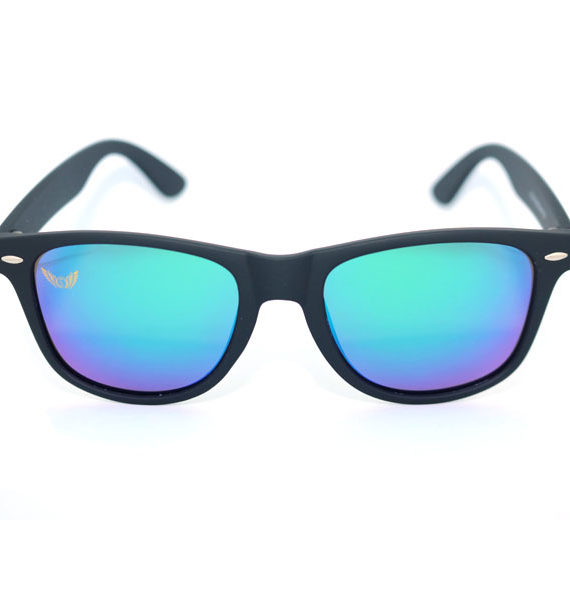 Turner | Polarized Sunglasses$99.99
Turner | Polarized Sunglasses$99.99 -
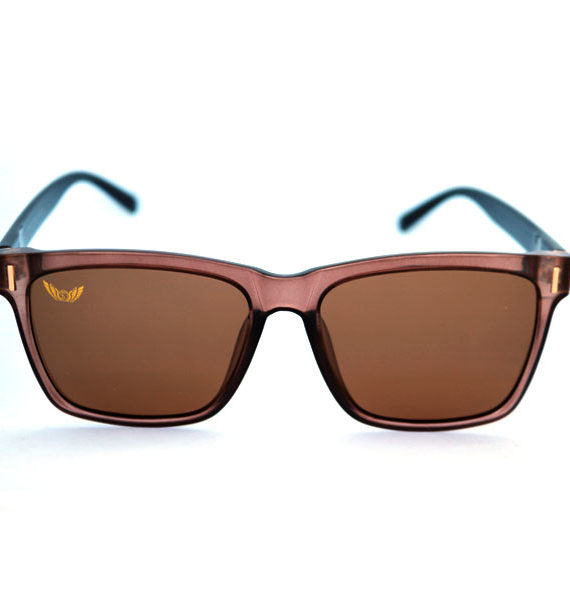 The Don | Polarized Sunglasses$109.99
The Don | Polarized Sunglasses$109.99 -
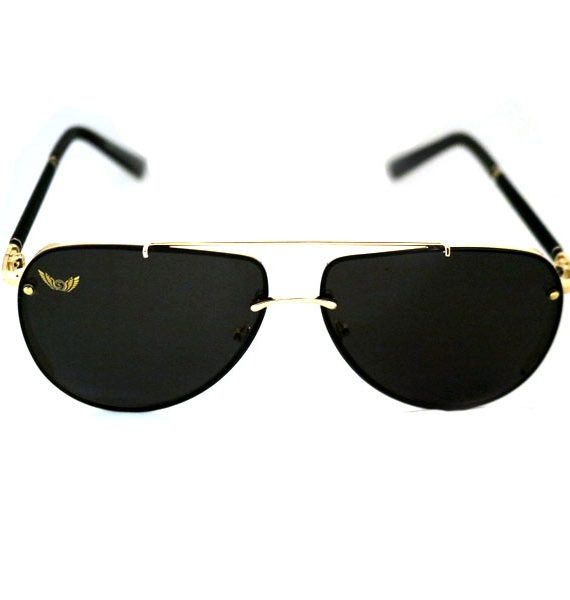 Motivator | Polarized Sunglasses$99.99
Motivator | Polarized Sunglasses$99.99 -
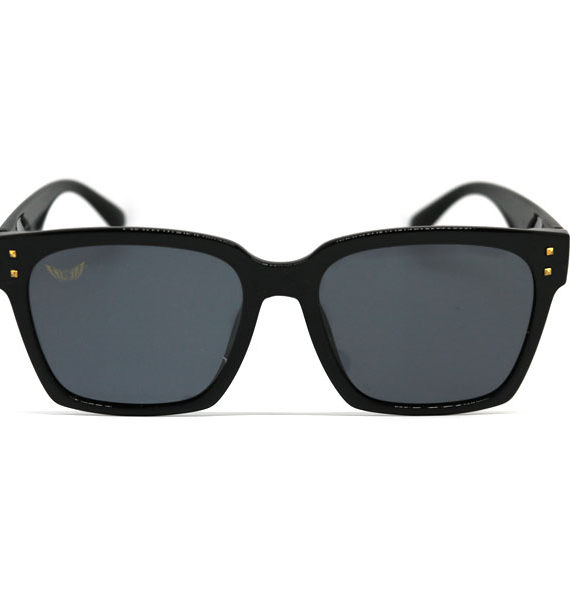 Emperor | Polarized Sunglasses$149.99
Emperor | Polarized Sunglasses$149.99 -
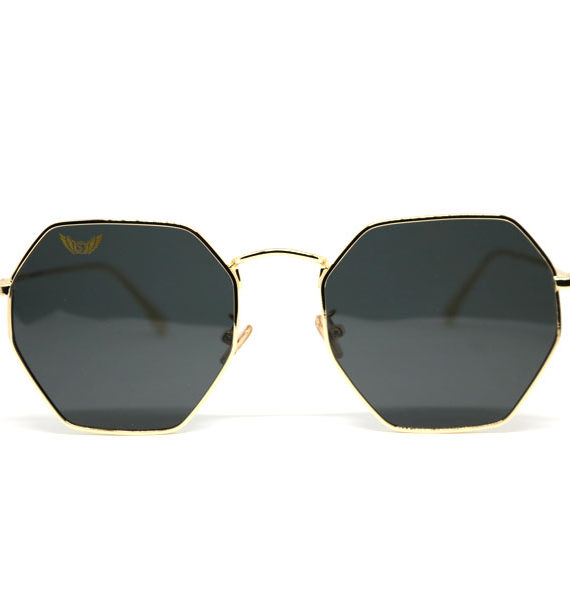 Vibez | Polarized Sunglasses$99.99
Vibez | Polarized Sunglasses$99.99 -
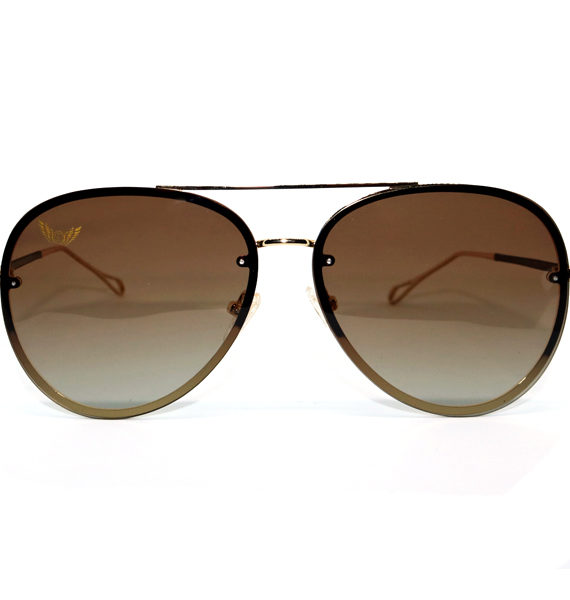 Top Guns | Polarized Sunglasses$89.99
Top Guns | Polarized Sunglasses$89.99
Polarized Lens Test Conclusion
Everyone should own a pair of polarized sunglasses. They are the premier choice for outdoor enthusiasts, and those who live their lives on the water- fishing, boating etc and anyone else who demands the clearest vision from their sunglasses. The reason they’re in such high demand is mainly because of their glare-reducing benefits. Regular tinted sunglasses do not block glare, so make sure you don’t waste your precious coins on them. Using the guide in this article when next time you want to purchase polarized sunglasses will ensure you buy genuinely polarized ones, and get good value for your money.
